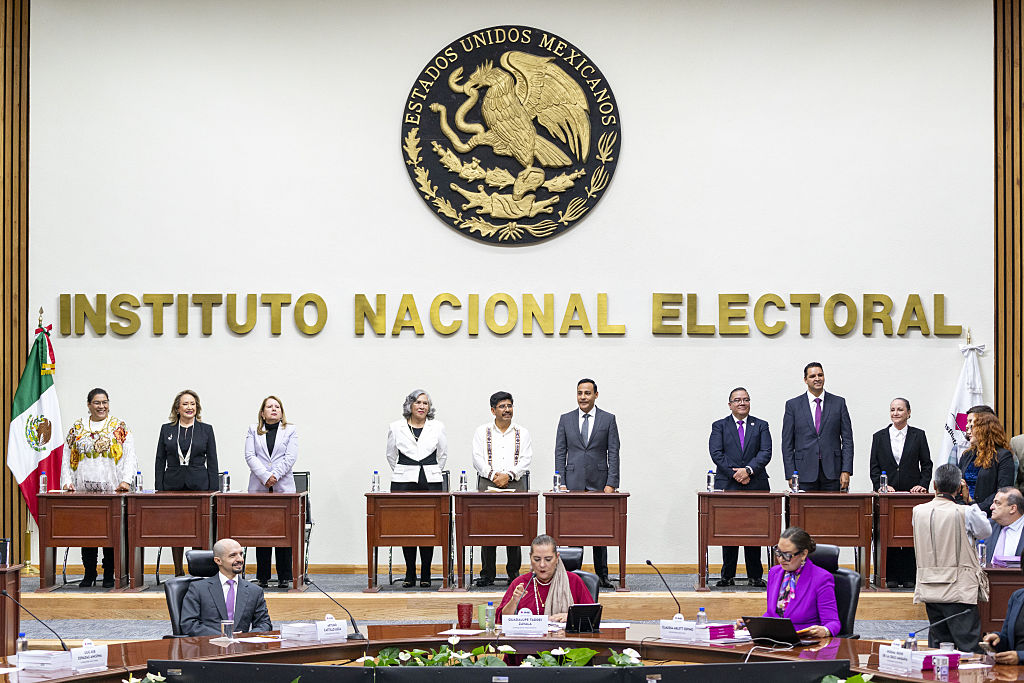LatAm in Focus: What Happened to Latin America's Anti-Corruption Push?
LatAm in Focus: What Happened to Latin America's Anti-Corruption Push?
The pandemic distracts from anti-graft battles even as it proves their urgency, explains AS/COA’s Brian Winter in this deep dive into the 2021 Capacity to Combat Corruption Index.
“Sometimes the successes of anti-corruption efforts end up feeding their demise because they anger the powers that be.”
The third edition of AS/COA and Control Risks’ CCC Index explores 15 Latin American countries’ ability to detect, punish, and prevent corruption.










